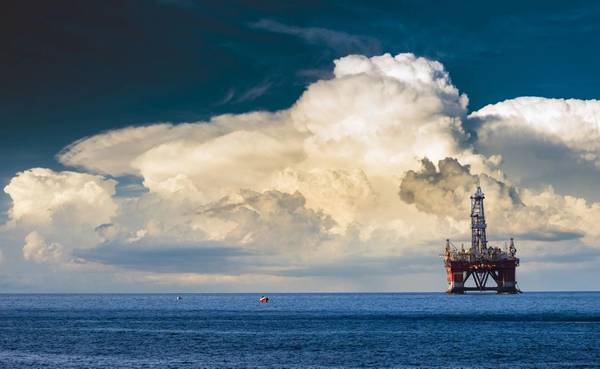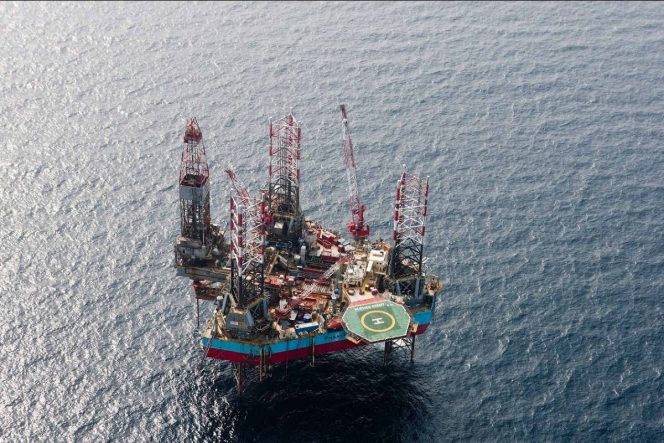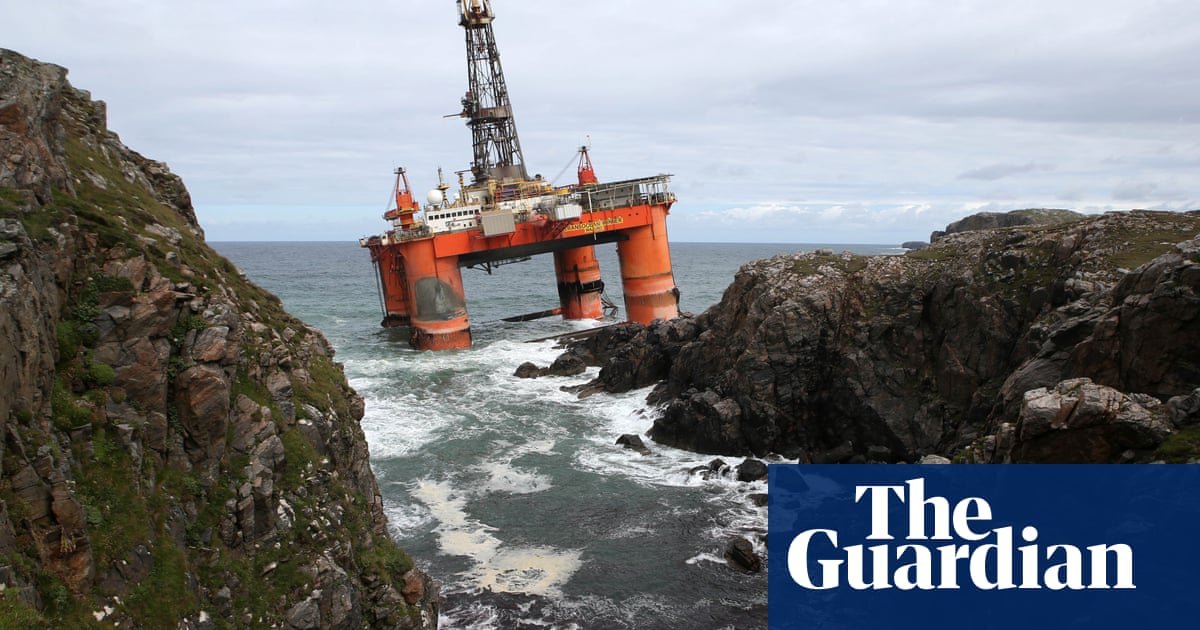Not known Factual Statements About Transocean to buy another offshore rig company in $2.7 B deal

Everything about Petrodata Weekly Rig Count - IHS Markit

for 85 team members, Helideck: 80'x 61 ', Cap.: 9 t rated for AS 332 ******************************************************************************************************************************************************. Offshore drilling began in 1897, just 38 years after Col. Edwin Drake drilled the first well in 1859. H.L. Williams is credited with drilling a well off a wood pier in the Santa Barbara Channel in California. He used the pier to support a land rig next to a current field. By 1921, steel piers were being used in Rincon and Elwood(California)to support land-type drilling rigs.

Drilling company prepared to buy several rigs from Fredriksen's Seadrill

Well-Safe to buy and convert Diamond semi-sub rig into P&A unit - Offshore Energy
In 1932, a steel-pier island( 60 90 ft with a 25-ft air gap )was constructed mile offshore by a little oil company, Indian Petroleum Corp., to support another onshore-type rig. Although the wells were disappointing and the island was damaged in 1940 by a storm, it was the forerunner of the steel-jacketed platforms these days. Consequently, a 9,000-ft well was drilled in 1941 in style comparable to the California wells by utilize of a wood pier. With the start of The second world war, nevertheless, all offshore drilling activities stopped. After the end of The second world war, the state of Louisiana held an overseas state waters lease sale in 1945. Before the latter act, core drilling could be done only up until a show of oil and gas. At that time, all drilling needed to stop and the core hole plugged with cement. The very first on-water drilling The first" on-water drilling"was born in the swamps of Louisiana in the early 1930s with using shallow-draft barges. Try This were, and still are, dredged so that tugs can activate the barges to places. Later on, barges were"published"on a lattice steel structure above the barge, enabling them to operate in much deeper water depths by submerging the barge on the bay bottoms. These barges normally needed pilings around them to keep them from being moved off place by winds and waves. The unit, which was a conversion from an inland drilling barge, had 2 stability pontoons, one on each side of the barge, that hydraulically boosted and down as the barge was submerged and drained. These pontoons offered the needed stability for this operation. The Breton Rig 20, later called the Transworld Rig 40, was a significant advance because it eliminated the expense
